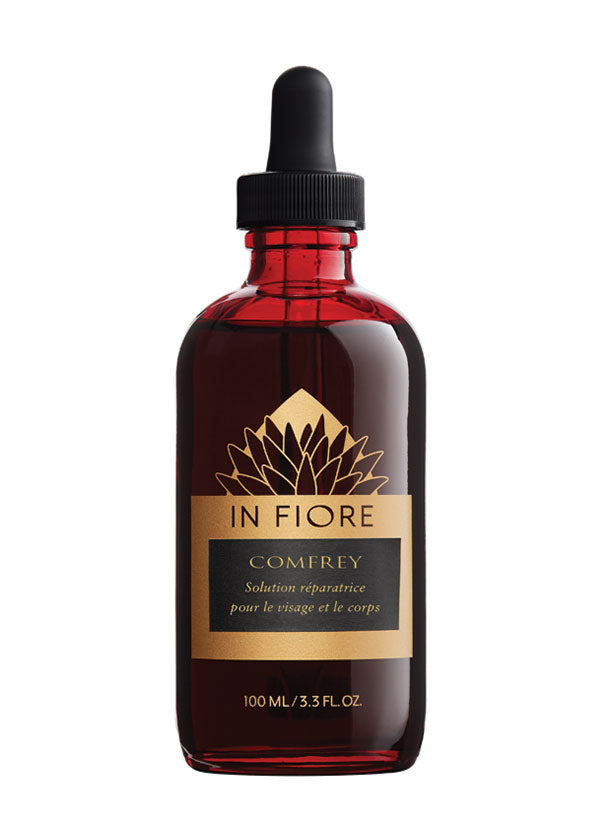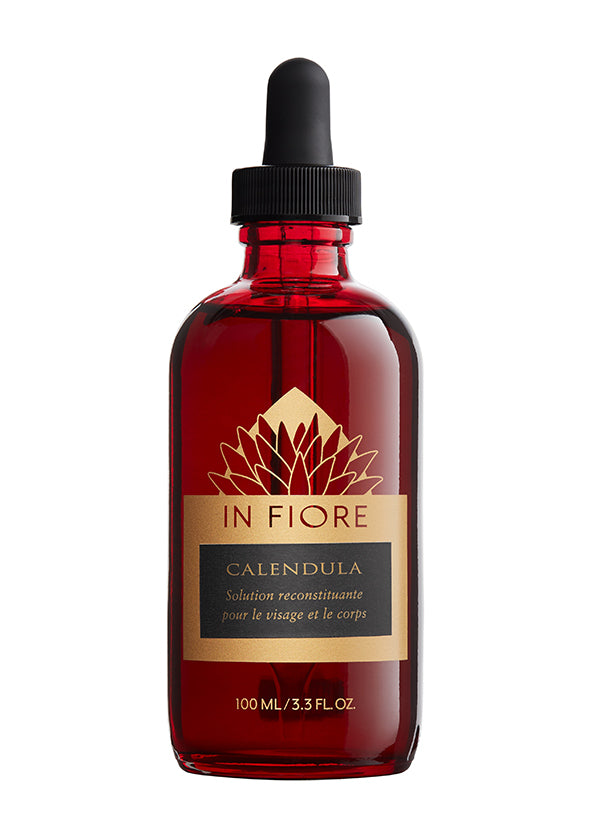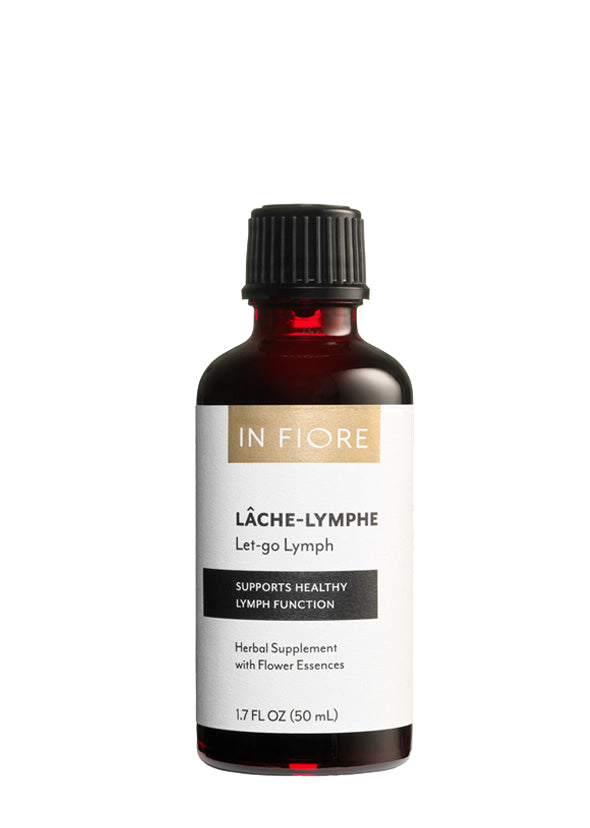Herbal Impact

We delve into the fourth installment of our enlightening series on the body's intricate interstitium, where we blend the wisdom of traditional medicine with modern science. This edition focuses on the botanical powerhouses—Comfrey and Calendula—and their remarkable benefits for the interstitial health of the skin. Renowned for their healing properties, these herbs are not just staples in the gardener's plot but also in the apothecary's arsenal. Discover how the compounds within these plants, from allantoin to rosmarinic acid, contribute to the vitality of our body's connective frameworks. Whether promoting cell regeneration, providing anti-inflammatory relief, or bolstering our skin against oxidative stress, these natural remedies offer a holistic approach to supporting the subtle yet significant interstitial spaces that keep our bodies in balance. Here, we unearth the secrets of Comfrey and Calendula in maintaining the interstitium's function and, consequently, our overall well-being.

Comfrey, scientifically known as Symphytum officinale, has been utilized in traditional medicine for its wound-healing properties and potential to alleviate various skin conditions. The plant contains several compounds, notably allantoin, rosmarinic acid, and a variety of other phytochemicals, that are believed to contribute to its therapeutic effects.
When discussing the potential impact of comfrey on the interstitium in the skin, it's essential to consider the properties attributed to comfrey and how they might indirectly influence the interstitium:
Promotion of Cell Proliferation and Wound Healing: One of the primary components of comfrey, allantoin, is known for its ability to promote cell proliferation and speed up wound healing. By enhancing the repair and regeneration of skin cells, comfrey might indirectly support the integrity of the interstitial spaces and the function of the interstitium.
Anti-inflammatory Effects: Comfrey contains rosmarinic acid and other compounds with potential anti-inflammatory effects. Inflammation can compromise the integrity and function of the interstitium in the skin. By reducing inflammation, comfrey might help maintain the health of the interstitium.
Antioxidant Properties: Various phytochemicals in comfrey might impart antioxidant properties, protecting skin cells from damage caused by free radicals. Oxidative stress can impact the health and function of the interstitium, so antioxidants might indirectly support interstitial health.
Moisturization: Comfrey has been traditionally used to soothe dry and irritated skin. By helping to maintain skin hydration, comfrey also plays a role in preserving the fluid balance in the interstitial spaces.
Supporting Collagen Synthesis: Allantoin, in particular, might play a role in supporting collagen synthesis. Collagen is a major component of the skin's extracellular matrix and, by extension, the structure of the interstitium. Thus, supporting collagen production can indirectly influence the health of the interstitium.

Calendula is widely used in traditional medicine for its anti-inflammatory, antimicrobial, and wound-healing properties. Calendula officinalis has been applied topically for various skin conditions, from minor cuts and burns to rashes and infections. Regarding the interstitium and the potential effects of calendula:
Anti-inflammatory Effects: Calendula contains flavonoids and triterpenes that possess anti-inflammatory properties. Inflammation can negatively affect the function and structure of the interstitium. By reducing inflammation in the skin, calendula might indirectly support the health and function of the interstitium.
Enhancing Wound Healing: Several studies have indicated that calendula can accelerate the wound healing process. This effect might be attributed to increased collagen production and improved blood flow to the wounded area. By promoting quicker wound healing, calendula can help restore the skin's natural structure, which includes the interstitial spaces.
Antioxidant Properties: Calendula has antioxidant properties that can help counteract oxidative stress in the skin. Oxidative stress can compromise the structure and function of the interstitium. By reducing this stress, calendula might play a role in maintaining the health of the interstitium.
Antimicrobial Activity: The presence of infections can affect the health of the skin and its underlying structures, including the interstitium. Calendula's antimicrobial properties can help prevent or treat skin infections, indirectly maintaining the integrity of the interstitium.
Hydration and Moisturization: Calendula is foundational in our products due to its soothing and moisturizing properties. Maintaining skin hydration can play a role in preserving the fluid balance in the interstitial spaces.
Comfrey Solution
Calendula Solution



